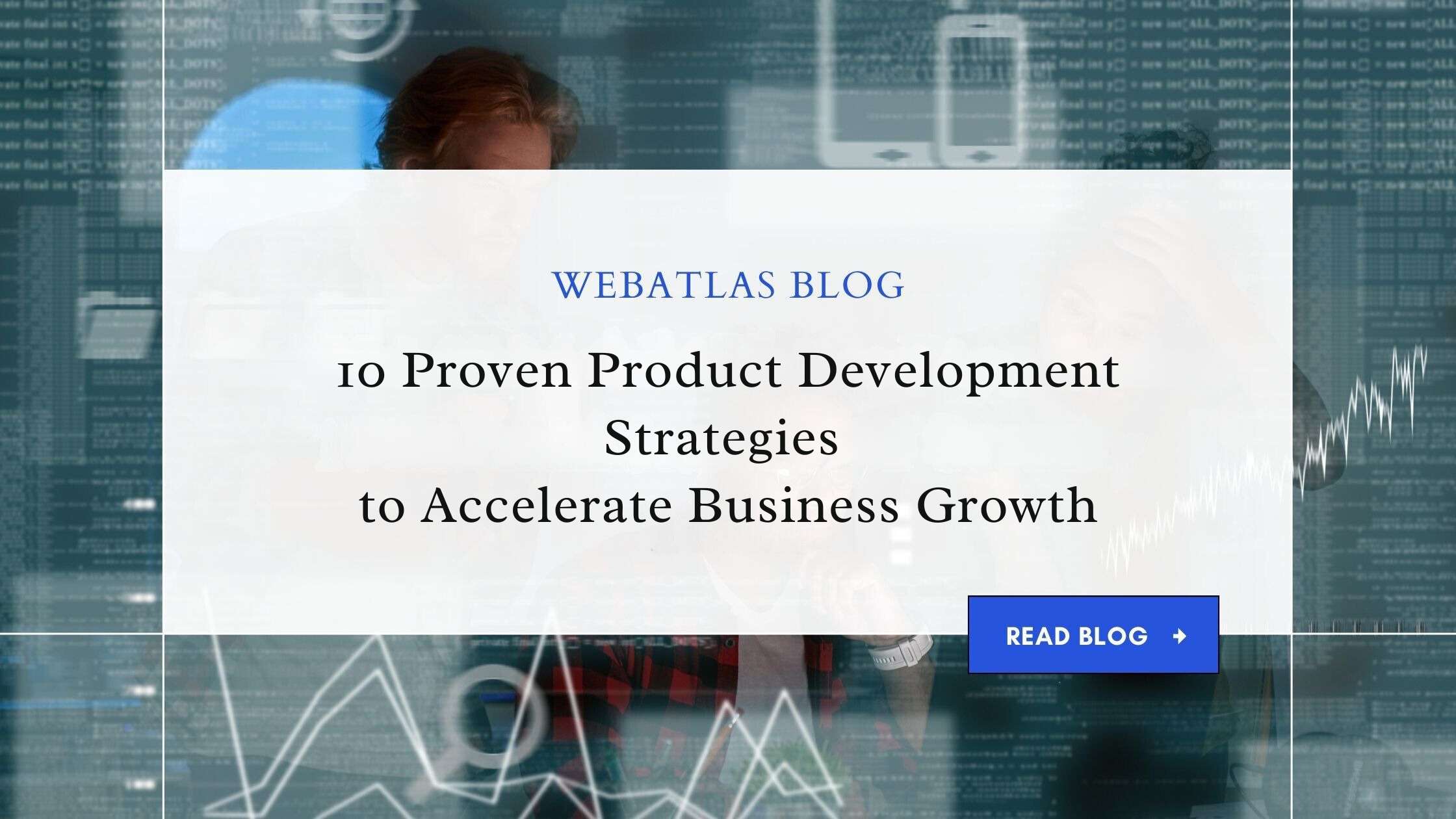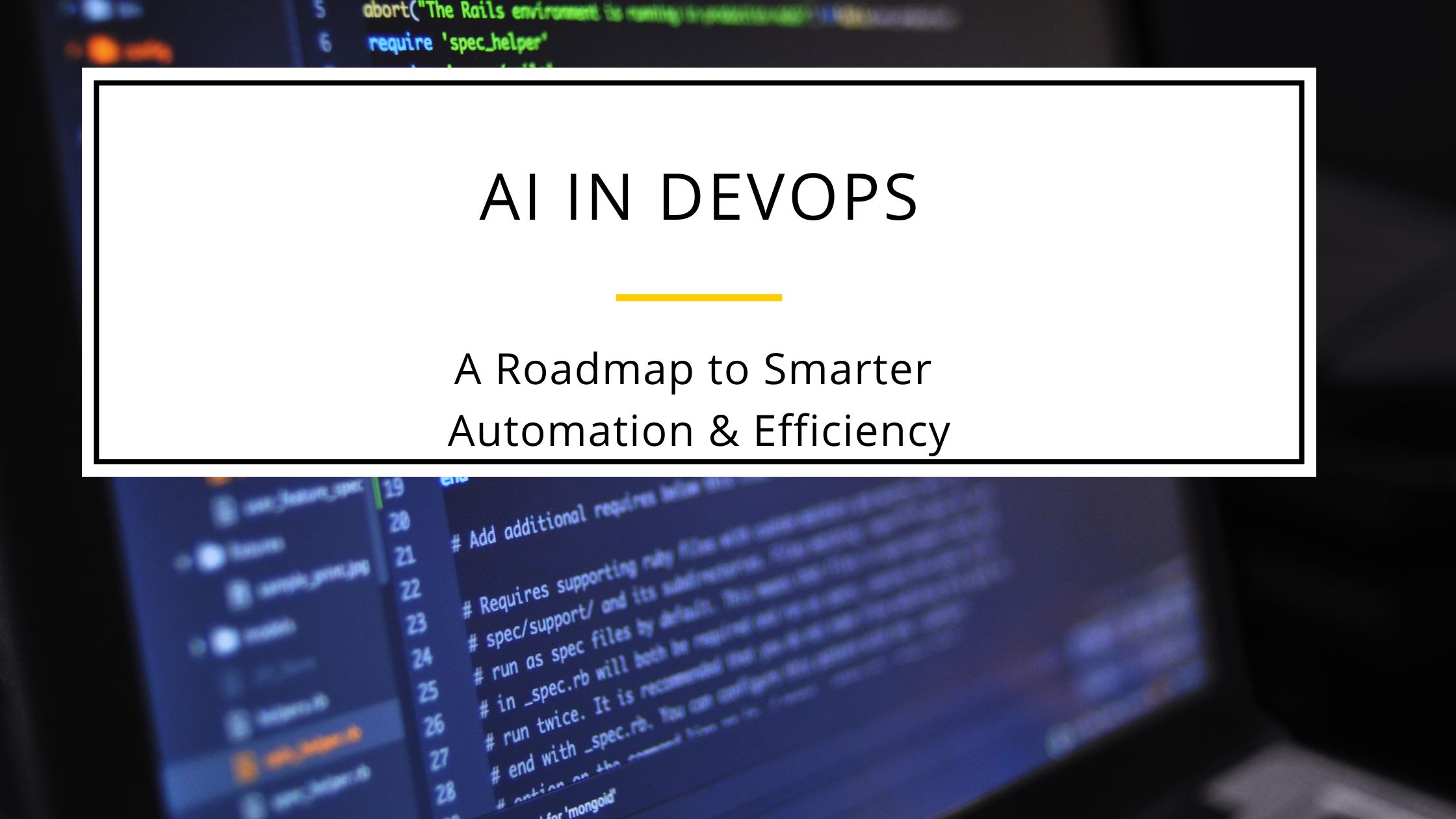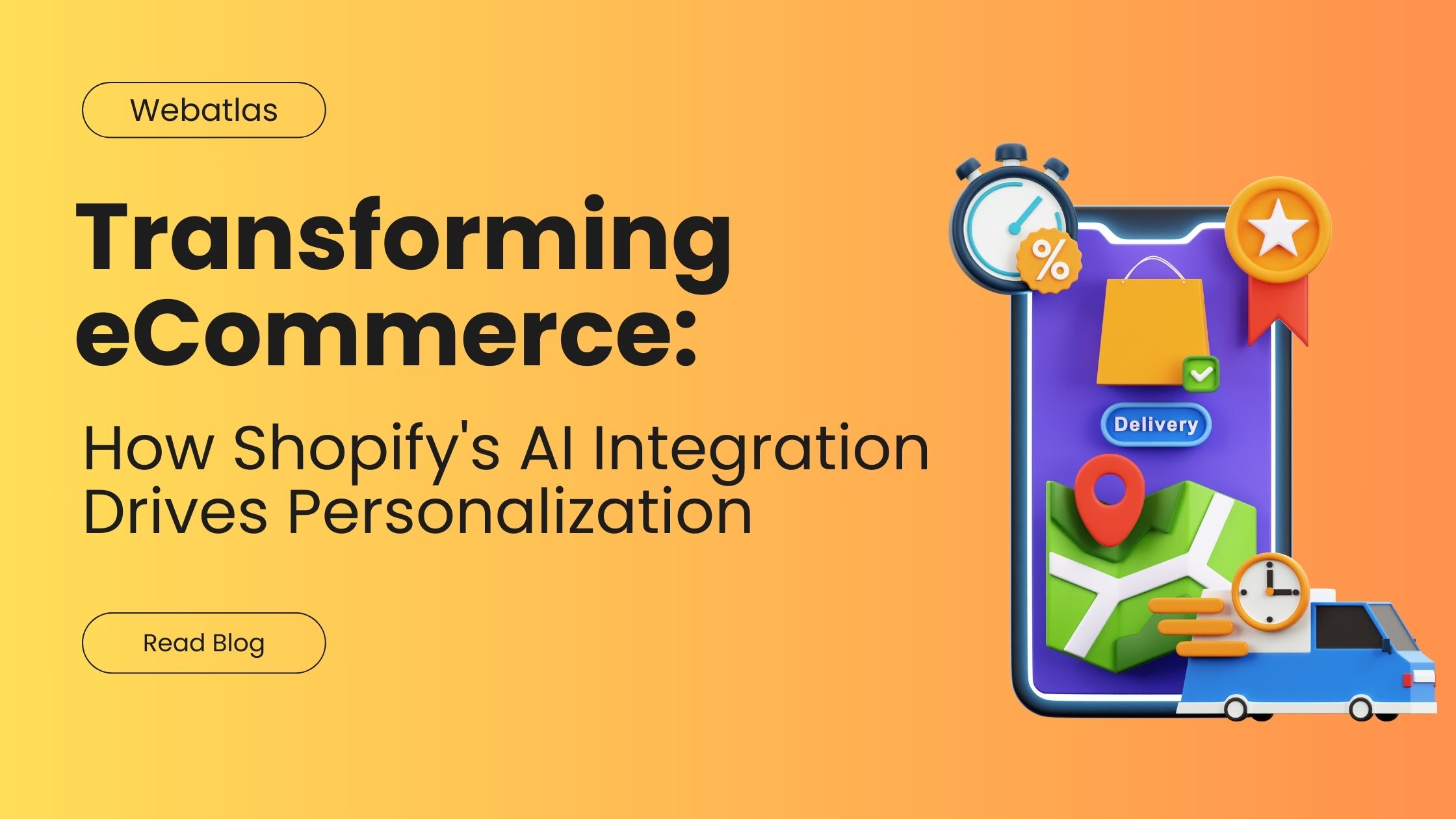Top 10 Product Development Strategies to Accelerate Your Business Growth

In today’s fast-paced, competitive market, effective product development is essential for business success. Whether you’re launching a groundbreaking product or improving existing ones, having the right strategies in place can significantly accelerate your business growth. As businesses, particularly in the tech and mobile app development sectors, look for ways to stay ahead, leveraging the expertise of a product development company like WebAtlas can provide a competitive edge. Here, we’ll explore the Top 10 Product Development Strategies that can help your business thrive.
1. Market Research and Competitive Analysis
The foundation of any successful product development strategy is thorough market research. Before embarking on the creation of a new product, understanding customer needs, preferences, and existing market gaps is crucial. Competitive analysis helps businesses identify what competitors are doing right, and more importantly, where they fall short. This research-driven approach ensures that your product meets market demand and stands out.
Why it works: By gathering insights from your target audience and studying competitors, you ensure that your product addresses real pain points, giving you a strong foothold in the market.
2. Agile Development Approach
Agile methodology is a dynamic product development process that focuses on iterative progress. By breaking down the development into smaller stages, teams can continuously assess and adapt their work. This flexible strategy is ideal for the ever-changing nature of mobile app development and tech-related products, allowing for faster market entry and reduced development risks.
Why it works: Agile development helps in delivering a high-quality product faster by enabling quicker pivots based on feedback and market trends.
3. Focus on Minimum Viable Product (MVP)
A Minimum Viable Product (MVP) is a stripped-down version of a product that contains only its core functionalities. It’s an excellent way to test a product concept with minimal resources. MVPs allow businesses to launch their product early, gather user feedback, and make informed decisions on future development phases.
Why it works: Launching an MVP helps validate your product idea in the real market while conserving time and resources, preventing over-investment in features that users may not need.
4. Leverage Cutting-Edge Technology
Today’s product development landscape is heavily influenced by advancements in technology. For example, mobile app development continues to evolve with AI, machine learning, and cloud integration. Using modern technologies not only enhances product capabilities but also ensures scalability and better user experience.
Why it works: By incorporating the latest technologies, you future-proof your product, improve performance, and position your business as an innovator.
5. Collaborative Cross-Functional Teams
Building products is rarely a solo endeavor. It requires the collaboration of diverse teams, including engineers, designers, marketers, and product managers. By fostering open communication and teamwork, businesses ensure that all aspects of the product development process— from design to launch—are aligned.
Why it works: Collaboration between cross-functional teams ensures that the product is built holistically, considering technical requirements, user experience, and marketability from the start.
6. Customer-Centric Design
Customer-centric design places the needs, expectations, and desires of the end-user at the forefront of product development. Understanding user behavior through direct feedback and usability testing ensures that the final product solves real problems and delivers a seamless user experience. This approach is particularly crucial for mobile app development, where user experience can make or break the product.
Why it works: A product tailored to your customers’ needs not only drives adoption but also increases loyalty and satisfaction.
7. Iterative Prototyping and Testing
Iterative prototyping allows teams to create early versions of the product to test functionality and design. Regular testing with real users during the prototyping phase allows for continuous refinement. This strategy helps catch potential issues early on, preventing costly errors further down the line.
Why it works: Prototyping and testing enable quick validation of ideas and identification of problem areas before full-scale development, ultimately saving time and money.
8. Utilize Feedback Loops
Incorporating a feedback loop during and after the product development cycle is essential for continuous improvement. Engaging with users to collect their opinions and experiences helps identify areas of improvement or new features that could be added. Whether it’s through beta testing or customer reviews post-launch, listening to your users is vital for long-term success.
Why it works: Feedback loops allow for ongoing product enhancements and ensure that you’re meeting customer expectations over time.
9. Adopt a Scalable Infrastructure
Scalability is key to sustainable business growth. Building a product with a scalable infrastructure ensures that it can handle increased demand as your customer base grows. This is particularly important in mobile app development, where a scalable back-end system can accommodate rapid growth in user traffic and data storage needs.
Why it works: A scalable product infrastructure not only enhances performance during peak usage times but also reduces the risk of downtime, thereby maintaining user trust and engagement.
10. Post-Launch Support and Continuous Improvement
The work doesn’t end once the product is launched. Post-launch support, which includes bug fixes, updates, and new feature rollouts, is essential for maintaining product relevance and customer satisfaction. Companies like WebAtlas emphasize the importance of continuous improvement by offering ongoing support to keep products competitive and functional in the long run.
Why it works: Continuous support ensures that your product evolves with changing market needs and user expectations, helping you retain a competitive edge over time.
WebAtlas: Your Partner in Effective Product Development
WebAtlas is a leading product development company with vast experience in mobile app development and end-to-end product lifecycle management. We employ a user-centric, agile development approach that focuses on delivering market-driven solutions. Our teams specialize in translating innovative ideas into scalable, high-performance products that accelerate business growth. Whether you’re a startup looking to create an MVP or an established company seeking to enhance your product portfolio, WebAtlas provides the expertise and resources you need for successful product development.
Conclusion
To accelerate your business growth, having a well-thought-out product development strategy is non-negotiable. By applying these top 10 strategies— from thorough market research to continuous improvement—you’ll position your business to develop successful products that meet customer needs and outperform the competition. Collaborating with a product development company like WebAtlas ensures you not only adopt these best practices but also leverage industry-leading expertise to bring your product vision to life.
Frequently Asked Questions (FAQs)
- What is product development, and why is it important for business growth? Product development is the process of creating new products or improving existing ones. It’s crucial for business growth as it allows companies to meet customer demands, differentiate from competitors, and capture new market opportunities.
- How does Agile methodology speed up product development? Agile methodology focuses on iterative development, allowing teams to release functional versions of a product faster, adapt to changes, and continuously improve based on real-time feedback.
- What role does customer feedback play in product development? Customer feedback helps refine the product by identifying issues, validating features, and shaping future updates to meet user needs more effectively.
- Why is scalability important in product development? Scalability ensures that as your customer base grows, your product can handle increased demand without compromising performance, user experience, or reliability.
- What is a Minimum Viable Product (MVP)? An MVP is the simplest version of a product with core functionalities designed to test the product’s viability with minimal investment.
- How can WebAtlas help with product development? WebAtlas offers end-to-end product development services, including mobile app development, from ideation to post-launch support, ensuring that your product is market-ready and scalable for growth.
Recent Post
Let's talk about your project, or just come and say hello!
Webatlas Technologies is the fastest growing web and mobile app development company



